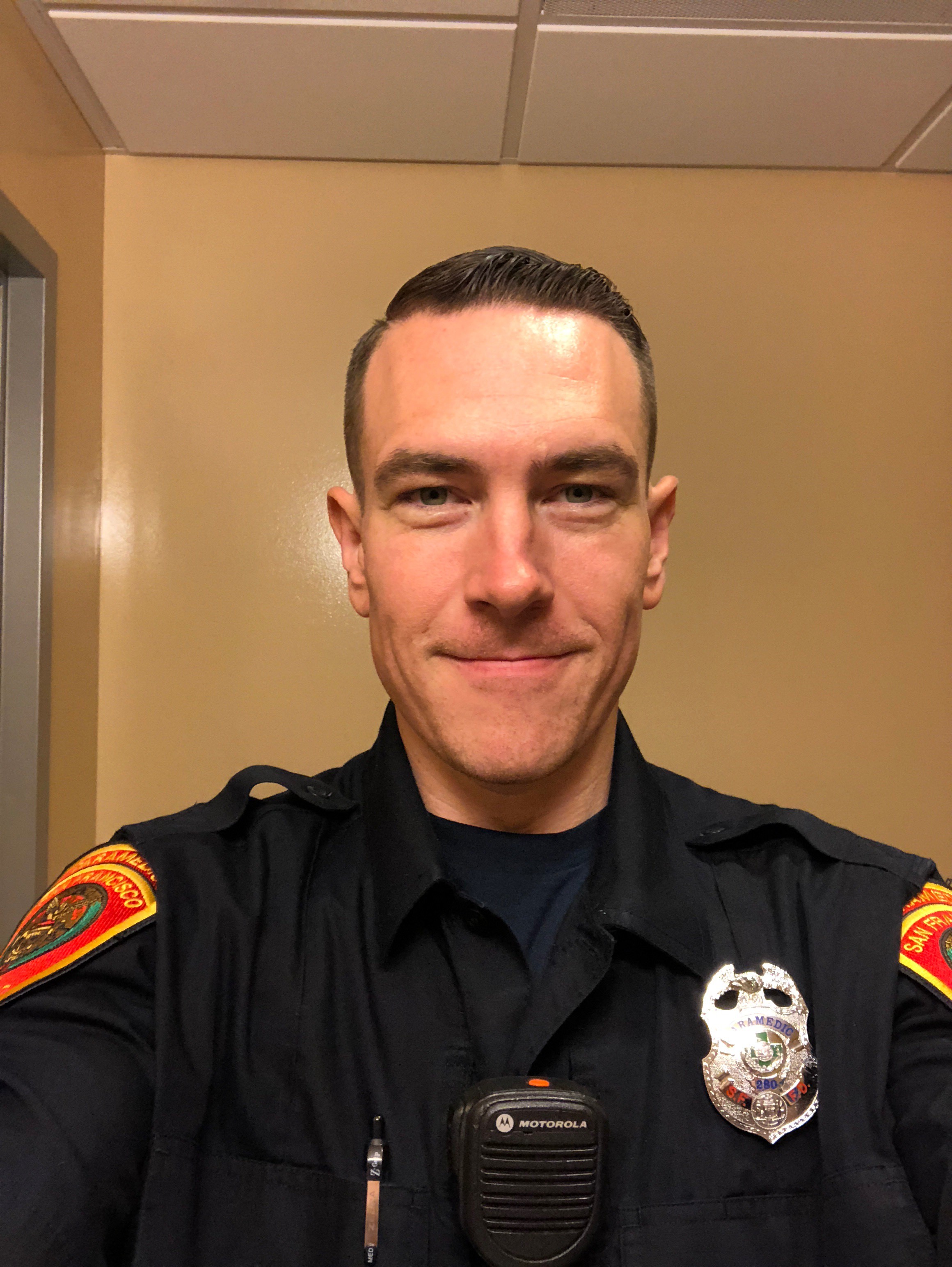A Participant’s Take on the Active Threat Integrated Response Course
December 18, 2018
 In October, LSU NCBRT/ACE delivered the Active Threat Integrated Response Course to
all Menlo Park police and fire department personnel in Menlo Park, CA. A couple San
Francisco Fire paramedics also attended the class. Below, one paramedic shares what
he learned in the course.
In October, LSU NCBRT/ACE delivered the Active Threat Integrated Response Course to
all Menlo Park police and fire department personnel in Menlo Park, CA. A couple San
Francisco Fire paramedics also attended the class. Below, one paramedic shares what
he learned in the course.
"Great three days of training... glad we could both go and get a wealth of knowledge and experience out of it.
• Learning the challenges and successes of implementing a seamless inter-agency response strategy. Working together well requires training together often.
• Importance of continuous inter-agency training regarding mass casualty incidents. Not only has active shooter type scenarios increased over the years but also the potential for other mass casualty events.
• Defining the roles and understanding command structure. Glossed over in other classes I feel we really learned a lot in this area. Setting up command and interacting with incoming units as they take over command.
• Valuable medical tips to enhance skill set. Many advanced ALS and BLS techniques were taught by Landon including improved tourniquet application and airway management.
• The value and importance of clear communication between both providers and command. Through repeated evolutions we learned to establish clear forms of communication and unified terminology.
• Coordinating and implementing a successful RTF (Rescue Task Force) - to include the proper placement of medics as they enter the scene with law enforcement. Security and movement structure was a primary focus.
• How law enforcement uses the CAN report to relay vital information quickly. Room boss/hall boss tasks and how to coordinate needs more effectively.
• How both law enforcement and medics should both use the BATH acronym for immediate patient assessment. Bleeding, Airway, Tension pneumothorax, Hypothermia. Bleeding being the most common preventable cause of traumatic death.
• Using available LE and directing them to assist with wound care and patient extrication. Many other classes teach this as well but this was a main focus and everyone improved drastically throughout the class in this area.
• The importance of clear and proper documentation. After action debriefing along with accurate documentation.
• How to react to an incident within an incident and establishing CCPs. Also establishing ambulance exchange points was a focus topic that was not covered in many other classes. Staging along with proper placement of resources is vital in evolving scenarios like these.
This class touched on many of the topics taught in TECC and other MCI type classes but much more in-depth. Some of the information I learned during this class I have not seen anywhere else and was of great benefit. I would recommend this class to any medical provider faced with these sorts of overwhelming scenarios. Great education overall."
Scott Wagness
TEMS Paramedic
San Francisco Fire Department